

Where it's always ...HOT...HOT...HOT!!!
"Growing peppers is not just a business ...
its a lifestyle, a glimpse into far off cultures and always the quest "
Viva Las Chiles...

Specialty



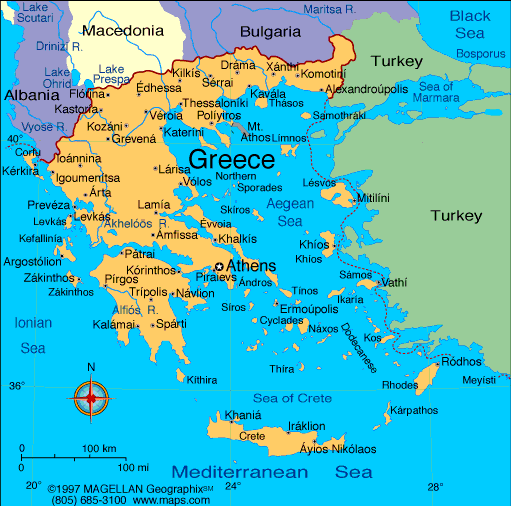
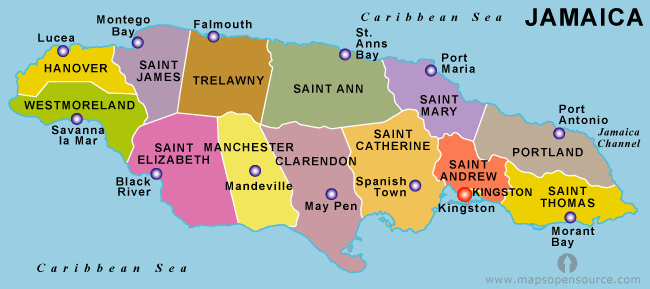

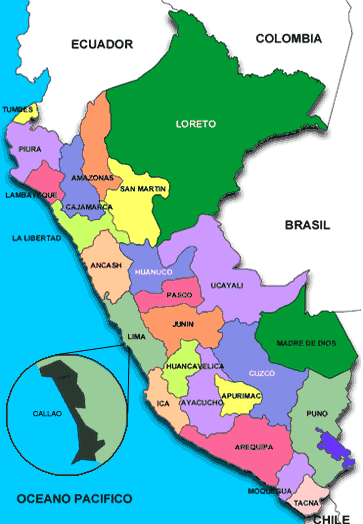

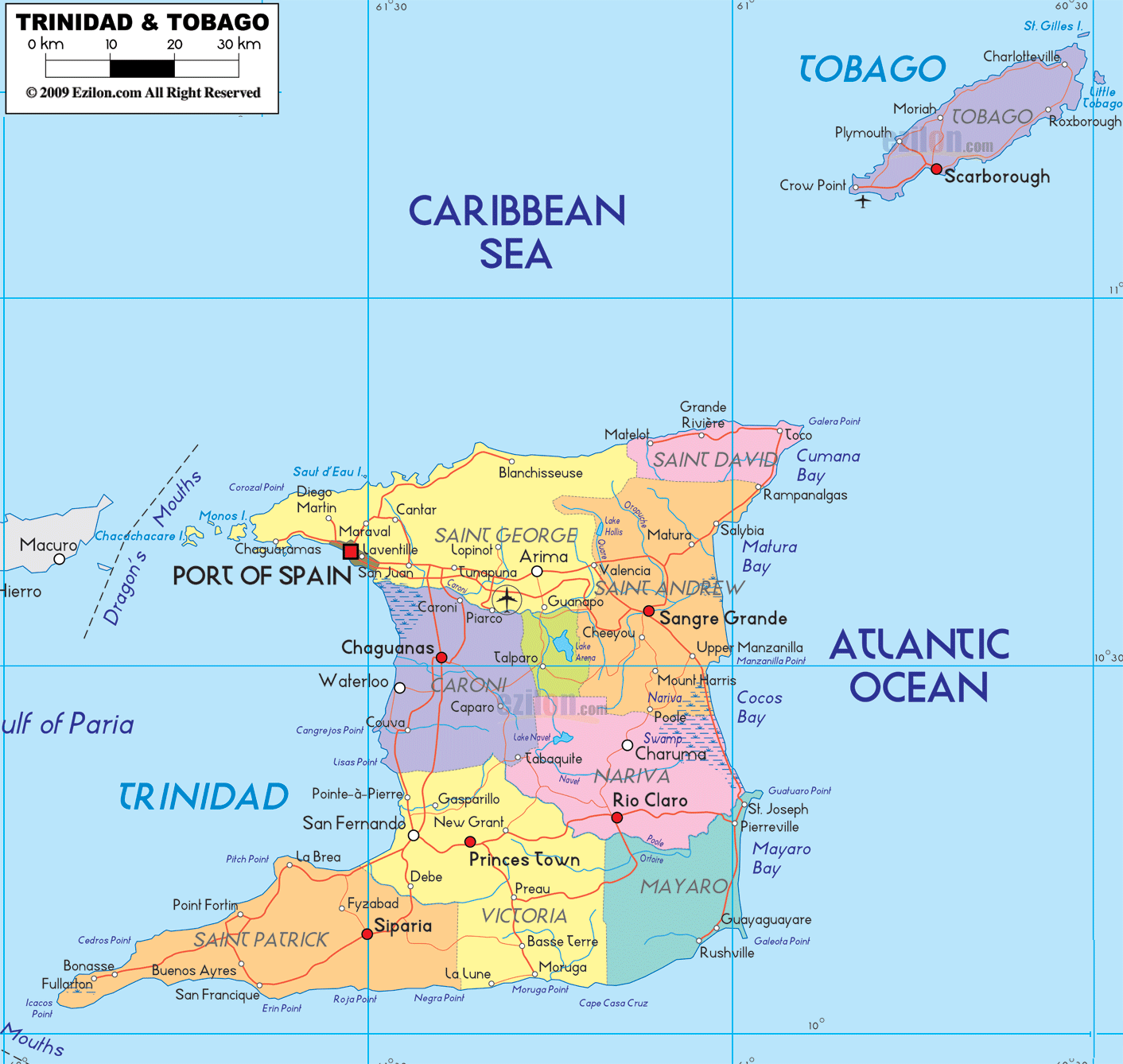
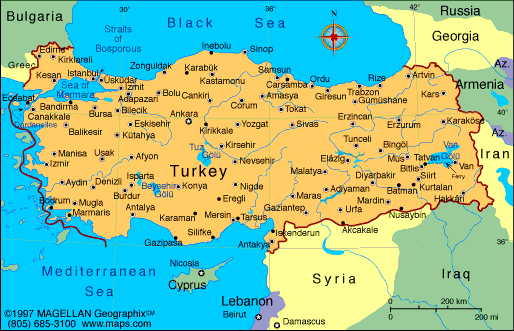

We are incredibly pleased to offer up some of
the rarest chilies in the world from every corner of the globe.
AFRICA
Aji Africansk-South Africa
Rare variety from South Africa. Medium heat. Turns deep, dark chocolate brown when all the way mature.These were meant to be put in the smoker! Incredible hot-sweet taste with hints of nutmeg. These are quite long and curly. Scoville-5,000-10,000
Burkina Faso-Burkina Faso-Africa
The Burkina Yellow Chili is an African strain of the famous Scotch Bonnet hot pepper. Wide wrinkled ultra-hot peppers that are an elongated pointed lantern shape with a dented surface. They are a beautiful yellow color and fragrant! A rare variety and a chili collectors dream! Scoville-100,000 – 350,000
Ethiopian Smoke-Ethiopia-Africa
Very rare and virtually unknown in this country. Big, 6" fat, gorgeous dark chocolate color. Stunning, almost looking like a chestnut that just dropped with the husk split showing the lovely colors inside the husk. They are truly beautiful! This chili has a great combination of tastes: sweets, fruits, herbs, ground tones and a slight but very pleasant bitter. It makes me think of chocolate, milk chocolate, the bitter you find in chocolate and sweet coffee. Isn't obvious that I really like this chili? As it has a tougher skin, it is absolutely PERFECT for roasting! Scoville 25,000-50,000
Fil Fil Baladi-Egypt-Africa
A nice thick fleshed, sweet, low-heat Egyptian pepper from the southern farming city of Aswan. This pepper is a great everyday use variety. Not too hot, just enough heat to add taste to any meal you cook. The pods have thick juicy flesh followed by low tingling heat which does not last for long time and can be barely noticeable.
Scoville-1.500-2.500
Mako Kokoo-Guana-Africa
Mako Kokoo landrace chilli pepper from Ghana in Africa. It is a very rare Capsicum Chinense with a sweet nutty flavour and awesome heat. Wonderful pepper, just all around wonderful. The initial flavor is very sweet and fruity, but with a very nutty aspect and undercurrent of chinense-flavor. They overall flavor is very rich with a great mouthfeel. The longer you chew, the sweetness does fade, but the nutty richness is accentuated. They taste like no other pepper Ive ever had. Delicious! The heat is cayenne to double cayenne levels, but this one is all about great flavor. The heat is just a bonus! Scoville-250,000-350,000
Matay-Egypt-Africa
An extremely rare variety from Egypt named after the city where it is grown commercially “Matay”. This very sweet pepper has a trace of heat making it great choice for those who like to have crunchy sweet, yet spicy pepper. Great for stuffing, grilling or dicing into a salad. Scoville-1,000-2,000
Mombosa-Mombosa-Africa
Sizzling small cayenne that has plenty of heat! Great for drying, fresh salsas, powder. The Africans LOVE heat...whether it is just the taste they love or whether it is chili pepper's ability to mask the taste of "less than fresh" or "gamey meat", Africans put chilies in everything! Scoville-100,000-150,000
Mboga-Swahilli-Africa
The "Mboga" adage means, literally, in Swahili, "Vegetable." So, these are the common culinary pepper that is tasty when eaten either in the green or red state. These peppers are generally consumed in the green state (their turgid greenness is handsomely accessorized with purple striations,) chopped finely and served along with lime, tomato, onion and of course salt. It is a great, not too hot pepper. If you pick them very early, then they won't be very hot at all, and will taste more or less like a green bell pepper. If you pick them further along in their maturation cycle, then sure, they get pretty hot, and you want to eat them along with other foods, not by themselves, out in the garden, under the sun, with your mouth burning, looking for a tomato to assuage the pain! Scoville (when Red)-50,000-100,000
Piri Piri-Mozambique-Africa
The legendary chili used in the world famous dish "Piri-Piri Chicken" as seen on 'Anthony Bourdain" and several other roaming Chef shows. Since the 1700's people traveled to Mozambique just for this chicken! (see our recipe section.) It has a really unique taste and should you try substituting Thai or other chilies, the taste IS NOT the same! Smoking hot little dudes. When you make the Piri Piri sauce, the longer it sets, the hotter it gets! A pepper you will not find anywhere else, we guarantee it! My seed came from a friends brother who lives in Africa and went to Mozambique to get the seed for me! Scoville-150,000-300,000
Shata Balady-Egypt-Africa
Rare wild, small chili from Egypt. In Egypt, it is used in pepper paste with olive oil, garlic and other ingredients. Shata means pepper paste, balady means local or native. Maybe the Egyptian pharaohs included this pepper in their afterlife plans! These are wicked hot! Scoville 100,000-200,000.
Uyababa-South Africa-Africa
Makes my personal top 10 of favorite chilies! Uyababa means "You Are Hot" in the Zulu language and they are right...These are at least three times hotter than a typical Cayenne! The flavor is extraordinary...Very fruity, citrusy, sweet but not too much. This is my go-to chili for fresh salsa but not too many! These chilies also pickle well. Scoville-250,000-350,000.
Zambian-Zambia-Africa
Great choice for marinades or hot sauces! A little bit of hot Zambian chili peppers is all African farmers need to keep hungry Elephants from stealing crops. By planting a few rows of chili peppers around the perimeter of their crops, farmers have created a buffer zone that's spicy enough to keep elephants, buffalo, and other hungry mammals away. This chili produces like crazy so we dry them, use them for hot sauce and for Sambal Oelek chili paste. Scoville-60,000-100,000
AUSTRALIA
Tasmanian Black-Tasmania-Australia
These chilies have a pleasant paprika flavor with medium sweetness and sharpness. With the smoky aroma of their pods, they are particularly suitable for the powder production. Scoville-20,000-40,000
GREECE
Katarina Pierei-Katarina Pierei-Greece
Big, long beautiful golden yellow chilies! Last season was my first growing them and I was absolutely impressed! Probably one of the best grilling chilies. Stuff them with rice and sausage or chicken or make hot cream cheese stuffing,either way, excellent! Scovile-25,000-30,000
Lerepetra-Crete-Greece
In Greece these type of peppers are usually either fried and served as an appetizer or mashed with feta cheese for a dip. Similar to Katarina Pierei, but hotter and with thinner flesh. I used some of these in a fajita mix and they were terrific! Scovile-35,000-50,000.
Giant Jamaican-Jamaica
Big gorgeous pods, one of the largest scotch bonnet types but oddly, not as hot as it's cousins. This is by far the fruitiest of all of them and is excellent in Mango Salsa if you prefer yours with some heat. I have a friend who says she won't use anything but this chili in her salsa! Scoville-100,000-150,000.
JAMAICA
Jamaican Mushroom-Red/Yellow-Jamaica
One of the chili oddities! Look like little smashed mushrooms or hats. Lumpy, bumpy and just crazy looking. This chili pepper has an aroma similar to that of a bell pepper, with a fruity citrusy flavor and lasting heat. The level of spiciness for this chili is similar to that of a habanero...in other words HOT! If you have eaten "Jamaican Jerk" chicken or pork, this is the chili that adds the pizzazz. Scoville-350,000
KOSOVO
Sarit Gat-Kosovo
Though it is known and available to some extent in Europe, it has virtually no presence this side of the Atlantic. Uniform, canary-yellow, fruits have the approximate heat and shape of a cayenne and are great for hot sauce, powdering, or simply spicing up meals. A tremendous producer. Scoville-125,000-150,000
Portugal
Malagueta-Portugal
The Malagueta pepper is a type of chili used in Brazil, Portugal and Mozambique. It is a small, tapered, green pepper that turns red as it matures. It goes by many other names. Malaguetinha refers to smaller versions of these peppers (younger peppers), and is common in Brazil. In Mozambique and Portugal, the same small pepper goes by Piri Piri, the Swahili word for ‘pepper pepper’. The larger ones are called malaguetão in Brazil and malagueta in Portugal. They are not different varieties, just peppers of different maturities from the same plant. The malagueta chile is often confused with melegueta pepper (spelled “mele”), also known as “grains of paradise”, a cardamom-like West African spice. This pepper is used to season many regional dishes and sauces in Brazil and Mozambique. In Portugal, it is mainly used to season poultry dishes.
South America
Arriba Saia-Brazil
A luminous white/peach habanero. This pepper, native to the states of Bahia, Sergipe, Alagoas and Pernambuco, also receives other names, depending on the region. In some states, such as Alagoas, it is also known as Tainan Navel. In other regions it is also known as "Arriba Skirt", in reference to the fact that it is very hot, & girls wipe their mouths with their skirts to relieve the burning they felt when eating them. Scoville 250,000
Snow White-Brazil
Very very prolific, hot and good tasting Habanero variety. The color of these mature pods is very white! The plants look beautiful when filled with these pretty pods. Dry and powder this one for a very tasty chili powder. Or use fresh with all kinds of dishes. Scoville-250.000 - 350.000
Cayenne Monstruo Rojo-Columbia
The biggest, baddest, hottest Cayenne around! I have had several that made 20' but 10-12 inches is average. They are really big around, like a really puffy big cigar. Heat...these bad boys pack it...way hotter than any of the other varieties I grow. These are the star of the garden and everyone always stops to look at them. Fabulous, dried, made into pepper paste, smoked or used fresh in salsa or (you better like A LOT of heat!) Scoville 250,000-350,000
Aji Escabeche-Peru
The aji amarillo, also known as the aji escabeche, is the most common pepper cultivated and consumed in Peru. It often grows from 3 to 5 inches long easily, though it sometimes reaches 6 to 7 inches, and its color changes to a deep orange when mature. It is hot with a pungent flavor. It often appears in dried and powdered form. One of the main ingredients in Peruvian cooking is ají escabeche paste. And I don't mean store-bought paste, even though you can find this product in many markets and stores in Peru. Cooks (both professional and home cooks) all over the country make their own ají escabeche paste on an almost daily basis, as it is a part of most of their recipes. There are those who don´t like to peel the chili peppers; others don't blanch them and use them raw. I recommend that you blanch them because the peels will give the food a coarse texture and make it more acidic. If you don't like the heat of chili peppers, blanch the peppers up to three times, changing the water each time. This will make a mild escabeche paste, but will keep the beautiful color and delicious flavor of these chilies. Use this paste in any recipe that calls for escabeche paste, such as salsa huancaína, ají de gallina, and causa. Aji Escabeche finds its way into many traditional Peruvian dishes as well as some Bolivian dishes. See our recipes page!
Aji Guyana-Guyana-Peru
One of the great, great baccatum varieties which are large in size but very very fast to grow and ripen it’s pod. The taste is very aromatic. Non-sweet but very very great for all kinds of cooking. Produces a huge amount of pods in one season!
Jelly Bean Yellow & Jelly Bean White-Peru
Originally from Peru, the yellow Jelly Bean & White Jelly Bean are lovely & rare varieties that are hard to come by. AKA Yellow Fire, Cumani, Charapita, Charapilla and Tettinas de Monk chili. These tiny little relatives of the Habanero will light your mouth up like the Fourth of July! When I say hot, I am here to tell you SMOKING-SEERING-BLISTERING heat...all encapsulated in a tiny innocuous little bean of a chili. Great fruity flavor, mainly citrus. One or two of these is all you need to ignite a bowl of salsa or a pot of chili!
Scoville-350,000-400,000
SYRIA
Allepo-Alepo-Syria
The Aleppo pepper, also known as the Halaby pepper, is named after the city of Aleppo in Northern Syria that has so tragically been much in the news. It is commonly grown in Syria and Turkey, and is usually dried and crushed, Aleppo pepper is used in Mediterranean and Middle Eastern cuisine, although it has become very popular around the world as an alternative to crushed red pepper or paprika, due to its beautiful deep red color, rich fruity undertones and aromatic flavor. It is perfect for chili, pizza, sauces, or anywhere you may normally use paprika, if you like the extra heat. However, it is not as hot as conventional crushed red pepper, because it is de-seeded before it is crushed. Aleppo is also great as a colorful and tasty topping for potatoes, chicken, and even deviled eggs. Personally, having also cooked with the fresh Aleppo peppers, you'll enjoy the heat level, which is similar to a typical jalapeno pepper, though the Aleppo has a distinctive flavor that lends itself to Mediterranean dishes. Scovilles-10,000
Trinidad & Tobago
Trinidad Hot Cherry-T N T
It amuses me that the abbreviation for Trinidad & Tobago is "T N T"...Some of the hottest chilies in the world come from this island country off the shore of South America. "7 Pot Barrackapore from the Town of Chaguanas in Trinidad and Tobago", Straight from the depths of hell, "Trinidad Scorpion Moruga" "Trinidad Douglah" all of these chilies make the top 10 list of hottest in the world, so I feel the T N T moniker absolutely says it all! This little hot cherry chili is no different! It is hot and fruity and a typical T N T chili in every way! Scoville, 250,000
Yellow Trini Bean-T N T
Another treasure from Trinidad. The petite sized and coffee bean shaped pods have exceptionally strong Trinidadian aroma and a rich, very hot clean taste without any bitterness. Very crunchy, sweet and fruity with a light habanero flavor. Very hot! Scoville-150,000-250,000
TURKEY
Antep Aci Dolma-Turkey
Spicy bell pepper from Turkey. A stable hybrid created by an agriculture university in Ankara . The nasty grassy aftertaste of the bell pepper was bread out and replaced with a sharp jalapeño heat. Very sweet flavor and extremely high sugar content and is probably one of the most delicious peppers on the planet. Pods grow to as big as a small melon or a softball. Scoville-1,000-2,000
Cumra Kiraz-Cumra Turkey
The name says it all. A large cherry size, color, texture, even a taste. This Turkish native pepper comes from the small, farming southern town of Çumra. The pepper is relatively thick with very firm flesh making it perfect for picking. It can be found hot, or very hot to some users. The ripe pods have a noticeable level of sweetness followed by a slowly building long lasting clean burn without any bitterness. Very tough skin making this one a great choice for grilling. Scoville 25,000-50,000
Türk Keçi Boynuzu-Turkey
The name literally translates to Goat’s Horn in Turkish. Medium thick walled, very hot pepper grows on a short very productive plant setting firm dark green fruits turning bright glossy red. The uniformed smooth ripe pods have a distinctive sweet taste followed by fast building long-lasting heat making this pepper one of the hottest in our Turkish collection. Scoville-50,000-100,000
YEMEN
Yemeni Bisbas-Yemen
Literally translates to "Yemen Pepper". Small, red, hot pods that are excellent or drying. Makes a terrific hot powder or use as a base for paste. Scoville-35,000-40,000
LATE ADDITIONS
Cacho Negro-Peru-Dark Chocolate with sweet overtones, medium heat
Peruvian Long Brown-This might indeed be "Aji Pacay" but the Vender was not sure. Seeds brought back by me.
Kumsi-India-Very unusual-Large pods face up. Extremely hot-Shimoga Taluk, Karnataka, India. Incredibly rare.
Safi-Morocco-Africa-African strain of Scotch Bonnet. Very rare and much hotter than a Jamaican Scotch Bonnet. Gorgeous bright red.
Picona-Canary Islands, Spain-The chili that is the base for the famous "Mojo Picon" sauce. Totally unavailable anywhere.
Corno Rosso da Barbera-Italy-"Red Horn of Barbera." Great stuffing chili, medium heat. From the market in Venice.
California Reaper-Carolina Reaper X Peach Ghost Scorpion
Originally developed by head horticulturist for Tyler Farms, Steve Bender, the California Reaper is a cross between the Carolina Reaper and the Peach Ghost Scorpion. Dr. Bender has spent numerous grow seasons developing the California Reaper. Most pods resemble a peach colored Carolina Reaper. Although the California Reaper has not yet officially been tested, the Carolina Reaper pepper averages 1,569,300 Scoville Heat Units (SHU). Similar to that of the Carolina Reaper, the taste of the California Reaper is described as fruity and sweet.
Early Thai
Fiorenza Mercado Centrale-Italy
Kaddi-India
Chinese Dragon Tongue-China
Bangalore Torpedo-India
Hatch Red Hot
Sichuan-Sichuan China-Classic chili of Sichuan Cuisine
Miss Junie-OUTSTANDING Nu Mex type
Thai Regular
Long Red Pepperoncini-Italy-Sweet
Topepo-Italy
Pimiento Cornicabra (Jaraiz de la Vera)-Spain YEAH!!!Tried to get my hands on this chili for 5 years!




































